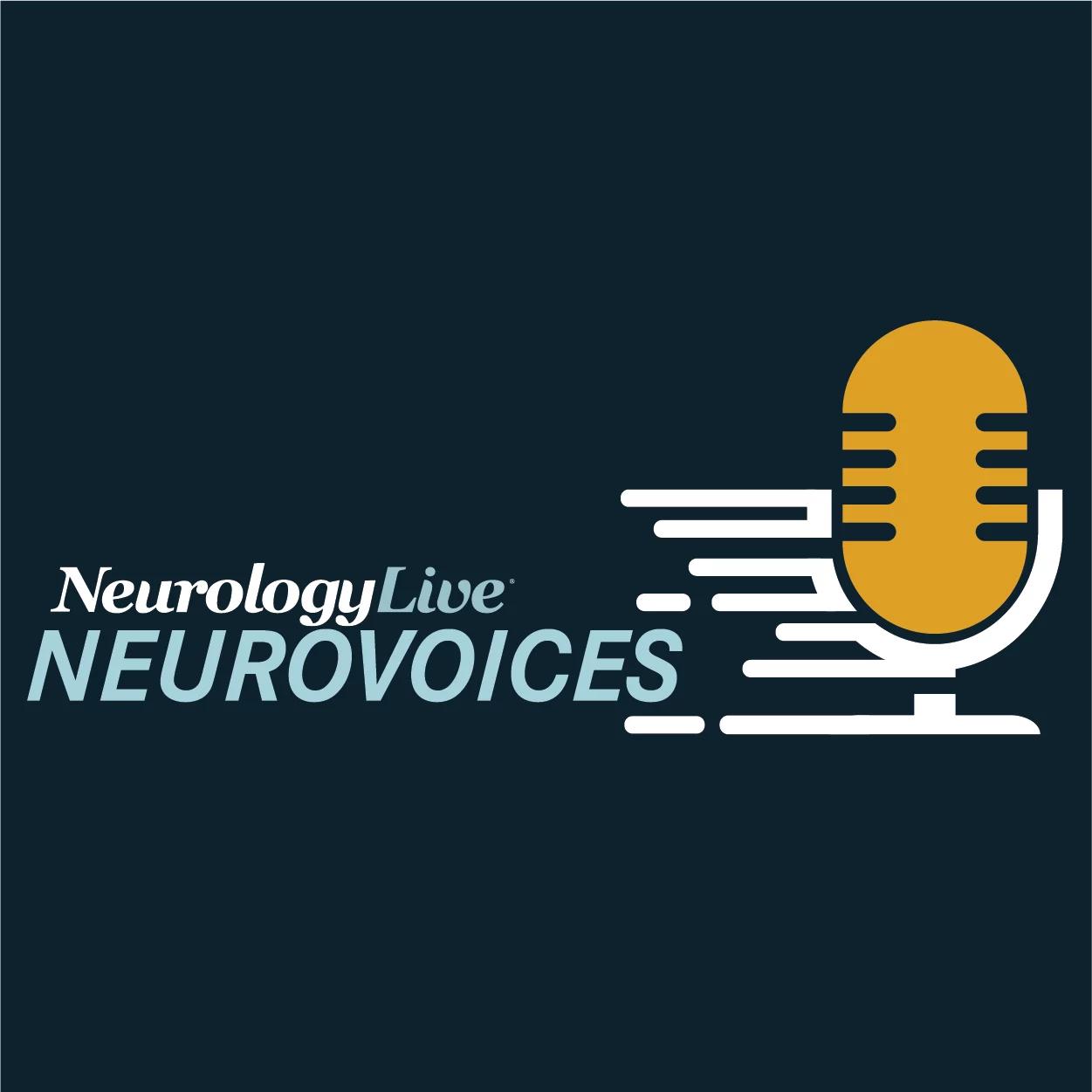Commentary
Article
Next-Gen Gene Editing for Muscular Dystrophy: Exploring the ARCUS Approach
Author(s):
Cassandra Gorsuch, PhD, chief scientific officer at Precision Biosciences, discussed the company’s ARCUS gene editing platform, its innovative approach to treating Duchenne muscular dystrophy, and promising preclinical data presented at MDA 2025.
Cassandra Gorsuch, PhD

Muscular dystrophies, a group of genetic disorders characterized by progressive muscle weakness and degeneration, have traditionally been managed with supportive treatments aimed at improving quality of life rather than addressing the root cause. These treatments often include physical therapy, corticosteroids to slow muscle damage, assistive devices for mobility, and respiratory support as the disease progresses. While these approaches can help manage symptoms and prolong mobility, they do not target the underlying genetic mutations responsible for these conditions.
At the 2025 Muscular Dystrophy Association (MDA) Clinical & Scientific conference, held March 16-19, in Dallas, Texas, Precision Biosciences presented preclinical data around its gene editing approach, ARCUS, as a treatment for Duchenne muscular dystrophy (DMD). Following adeno-associated vector (AAV) delivery, the study investigators observed del45-55 dystrophin in multiple tissue types including heart and skeletal muscle, with evidence of the del45-55 dystrophin transcript in PAX7+ cells, a marker for muscle satellite stem cells. Using this humanized DMD mouse model, the study showed significant resistance to eccentric injury, reaching a 66% improvement compared with diseased untreated mice.
During the meeting, NeurologyLive® sat down with Cassandra Gorsuch, PhD, chief scientific officer at Precision, to discuss the mechanism behind this novel approach, and the promising early data. Highlighting preclinical results that demonstrate restored dystrophin production and functional improvements in mouse models, she shared insights into ARCUS’ unique design, its implications for long-term durability, and the next steps towards clinical trials. Above all, Gorsuch offered a glimpse into the future of gene editing for neuromuscular disease.
NeurologyLive: How does the ARCUS-mediated gene editing approach function?
Cassandra Gorsuch, PhD: At Precision, we have a proprietary gene editing platform that we call ARCUS. It's distinct from CRISPR in a number of ways, although many people have heard of CRISPR, so it's a good place to start the conversation. ARCUS is unique in three fundamental ways that we think are important when developing therapeutic gene editing programs.
First, it's the way ARCUS cuts DNA. It makes a unique type of cut that, in this program, allows for perfect re-ligation of two ARCUS cuts. So, we use two nucleases to cut out a region of the dystrophin gene. Because of those overhangs, the DNA comes back together perfectly the vast majority of the time, which we see as a significant safety feature of this approach.
Second, ARCUS is very small—it's the smallest editor you've likely seen. We can fit two ARCUS nucleases in a single AAV. For DMD, we use two ARCUS nucleases packaged in a single AAV to excise a region of the dystrophin gene. Size is a key advantage when applying gene editing technologies therapeutically because it has major delivery implications.
Finally, ARCUS is unique because it’s a single protein that can bind and cut DNA. There’s no need for guide RNA or multiple components to reach the same place simultaneously. It’s one protein that binds DNA and cuts it. This simplifies delivery, and through our protein engineering, we’ve designed the two nucleases to work together with well-coordinated cuts, enabling efficient excision of that region in the dystrophin gene.
So, in several important ways, ARCUS is very different from CRISPR technologies. At Precision, we develop ARCUS nucleases for therapeutic gene editing.
Despite it being early research, what stands out from your data?
I think it’s helpful to first explain the approach we’re using for DMD. Up to 60% of DMD patients have mutations in the hotspot region of the dystrophin gene, between exons 45 and 55. To achieve broad patient applicability, we decided on a strategy that removes this hotspot region, restoring the reading frame of the dystrophin gene and enabling production of a functional protein.
We know this protein is functional in humans because it’s found in some Becker muscular dystrophy patients. These Becker patients with this genotype are generally less severely affected—some are even asymptomatic and ambulatory late into life. Knowing this, our approach delivers two ARCUS nucleases in a single AAV to excise exons 45–55, resulting in the native production of functional dystrophin protein.
At the conference, we’re presenting data showing that we’ve successfully delivered our clinical candidate construct in a DMD mouse model. We observed restoration of this functional dystrophin protein in critical muscles like cardiac, skeletal, and diaphragm muscles.
We’ve also seen functional benefits in these mice. One test, the eccentric injury test, showed that treated mice had statistically significant improvements in muscle resistance to repetitive injury compared to untreated mice. Another exciting finding is the restoration of muscle force. At three months, treated mice showed a significant improvement over untreated mice, and this improvement was even greater at six months. This shows not only the durability of the response but also continued functional improvement over time.
We think these results may stem from the ability to edit satellite stem cells in the muscle, which we’ve demonstrated. This data is exciting because it suggests a long-term, durable response by correcting the gene at the DNA level.
What are the next steps in bringing this approach to in-human trials?
I want to touch on durability first, because it’s something we focused on when designing this approach. We’re using an AAV vector, but our payload is different from a micro-dystrophin approach. Our AAV delivers ARCUS nucleases that correct the DNA in the patient’s own cells. Once the edit happens, it’s permanent. Even if the AAV is silenced or diluted out, the edit persists.
This contrasts with micro-dystrophin approaches, where therapeutic effects depend on the persistence of the AAV vector. If the vector is lost over time, so is the effect. Our approach is designed with long-term durability in mind.
As for in-human trials, a major goal at this conference is working with clinicians experienced in treating DMD patients to learn what a successful trial could look like. We’re learning from past trials to design the right endpoints and inclusion criteria. It’s too early to say exactly what our trial will look like, but we’re actively collaborating with experts in the field to design it smartly.
How much potential do gene editing approaches have in muscular dystrophies like DMD and Becker? What value do they bring that gene therapies don’t?
We touched on this earlier, but the differences between gene editing and gene therapy are important. One key distinction is the persistence of the AAV. With gene editing, the edit is permanent, whereas gene therapies depend on long-term vector persistence.
Another key factor is ensuring the protein we produce is functional. We chose the 45–55 deletion strategy because it’s known in nature and retains the majority of the protein’s functional domains and interacting sites essential for muscle function. This contrasts with the truncated versions of micro-dystrophins designed to fit within AAV vectors. Gene editing also offers long-term benefits by targeting satellite stem cells. Micro-dystrophins, even if they reach satellite cells, don’t edit the root cause at the DNA level. As satellite cells divide, micro-dystrophin expression diminishes. In contrast, gene editing can provide a long-term, durable effect by correcting the gene at its root.
I’m hopeful gene editing will be transformative for patients with DMD and Becker, and I’m excited to continue working to bring this to the community.
Transcript edited for clarity. Click here for more MDA 2025 coverage.





